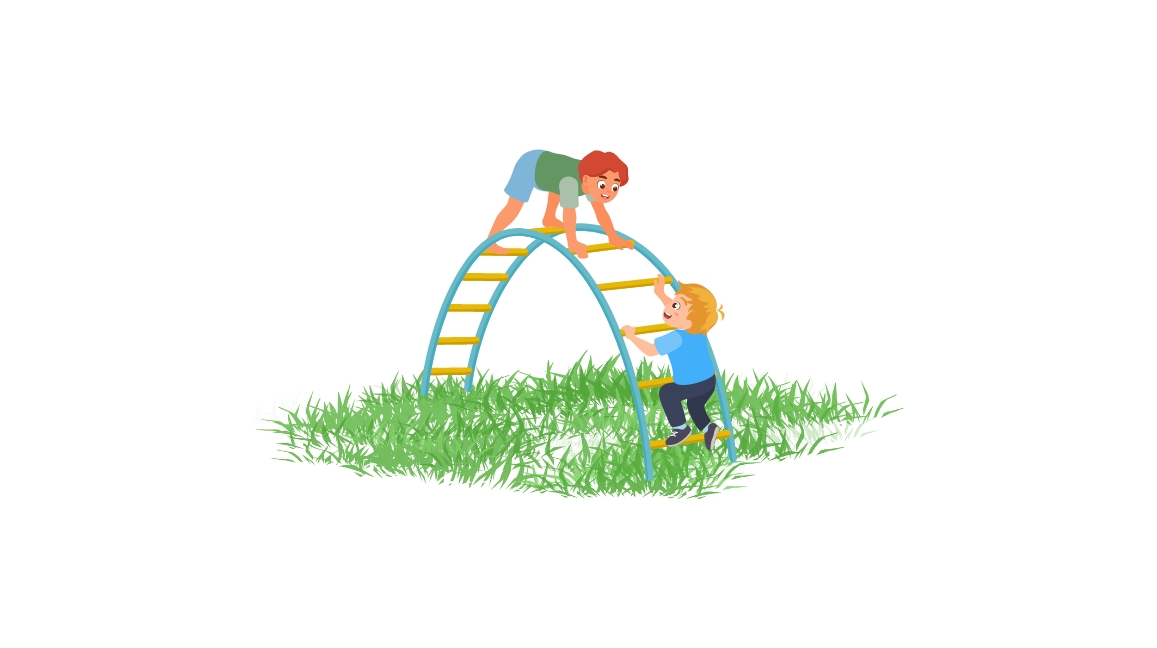Ensuring Safe Outdoor Play: Tips for Childcare Providers
Playing outside is not only fun, but also essential for children’s development. They learn about the world around them in a playful way, develop their motor skills and social skills, and get fresh air and exercise. In childcare, it is therefore extra important to provide a safe and challenging outdoor space where children can play to their heart’s content. In this blog post, we provide tips and guidelines for childcare providers on how to ensure safe outdoor play.
1. Start with a risk assessment and safety plan
Good preparation is half the battle. Before the children play outside, it is important to carry out a risk assessment of the outdoor area. This way you are aware of the possible dangers and you can take appropriate measures to prevent accidents. Based on the risk analysis, create a safety plan. In this plan you describe the risks present, the measures taken and the procedures that are used in the event of an accident.
2. Create play areas for all ages
The layout of the outdoor area must be appropriate for the age of the children. Provide enough challenging play equipment for all ages. For the youngest children (0-3 years old), soft play equipment and a sandpit or water table are ideal. For toddlers (3-6 years old), climbing frames, swings and slides are fun. School children (6-12 years old) can have fun with sports and play equipment such as a football field or basketball hoop.
To maintain an overview and promote safety, it is a good idea to create different play zones per age group. This allows the youngest children to play undisturbed, while the older children can let off steam on the more challenging equipment. Of course, it is important to supervise young children, especially when they are near the play equipment for older children.
3. Safe playground equipment and play area
Safe play equipment is essential for the safety and enjoyment of children. They must meet certain safety standards to prevent accidents. This means that the equipment must be sturdy, have no sharp corners or edges, and be made of safe materials. Regular maintenance and inspections are necessary to ensure that everything remains in good condition. A good surface, such as rubber tiles or sand, helps to prevent injuries from falls.
Look beyond the play equipment to create a safe play area. Are there doors and fences where children can pinch their fingers? Is there a dangerous wall, corner, or pole that children could hurt themselves badly on if they scrape along it or fall against it? All of these factors need to be considered in order to create a safe playing environment.
4. Supervise and guide children
On the playground it is important that children can play safely and with pleasure. Sufficient supervision by employees is essential for this. The staff-to-child ratio must be appropriate for the age of the children and the size of the group. Pedagogical staff actively supervise, signal dangers and intervene if necessary.
Also help children play safely outdoors. Explain to them clealry what is and is not allowed while playing. Does a child want to play on a piece of equipment that they have never been on before or does it look a bit unsafe? Then explain how they can use the play equipment safely. With clear rules, supervision and guidance, you ensure a safe play environment.
5. First aid and safety procedures
Every childcare location is required to have a safety policy that outlines how the safety of children and staff is ensured. This policy should also include a emergency plan for situations such as serious injury, fire, or other emergencies. It is important that employees are well aware of this policy and that there are always sufficient staff with emergency response and children’s first aid certificates .
Make sure that there is always a well-stocked first-aid kit and first aid kit available in the daycare. With this, you’ll be prepared for minor accidents, such as scrapes or bruises. Pedagogical staff must be able to provide first aid when needed.
6. Check the weather
Work together to create a safe playing environment
By paying attention to all aspects of safety, you can create an outdoor space where children can play with fun and without worry. This contributes to their development and creates a pleasant atmosphere in childcare. By taking proactive measures and with well-thought-out safety policies in place, childcare organizations can create an environment where children can play and learn freely. This ensures that playing is not only fun, but also safe.
Do you have questions about safe childcare or specific measures for indoors or outdoors? Feel free to contact us. We are happy to help.







